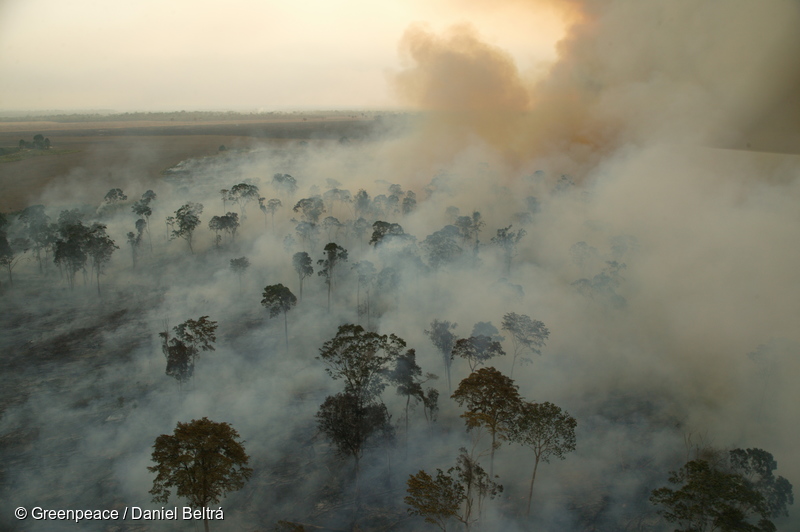- At least 20 percent land deforested in the Brazilian Amazon is regrowing forest, according to Brazil’s National Institute for Space Research (INPE).
- Analyzing high resolution satellite imagery, analysts at INPE found large areas of regenerating forest in Pará, Mato Grosso, and Amapá, states which account for the majority of Brazil’s deforestation.
- Of the 233,399 square kilometers of land in deforested Pará by 2007, 22 percent, or 51,406 square kilometers, was already in the process of regeneration.
At least 20 percent land deforested in the Brazilian Amazon is regrowing forest, reports Brazil’s National Institute for Space Research (INPE).
Analyzing high resolution satellite imagery, analysts at INPE found large areas of regenerating forest in Pará, Mato Grosso, and Amapá, states which account for the majority of Brazil’s deforestation. Of the 233,399 square kilometers of land in deforested Pará by 2007, 22 percent, or 51,406 square kilometers, was already in the process of regeneration. The proportion for Amapá was 25 percent, with 620 of 2,440 square kilometers experiencing regrowth. In Mato Grosso, a state where the bulk of deforested land is used for large-scale agriculture and cattle ranches, forest was regenerating on 22,611 of 201,798 square kilometers (11 percent) of deforested land.
The new monitoring system will allow INPE to determine the fate of deforested lands, enabling Brazil to track carbon fluxes from deforestation, degradation, and regrowth. The accounting system is needed for Brazil to reach its target of reducing emissions from deforestation 70 percent from a 1996-2005 baseline by 2018.
While the findings are a hopeful sign that the Amazon can recover from deforestation, it will take decades for regrowing forest to store as much carbon and house as much biodiversity as the original forest prior to clearing.
